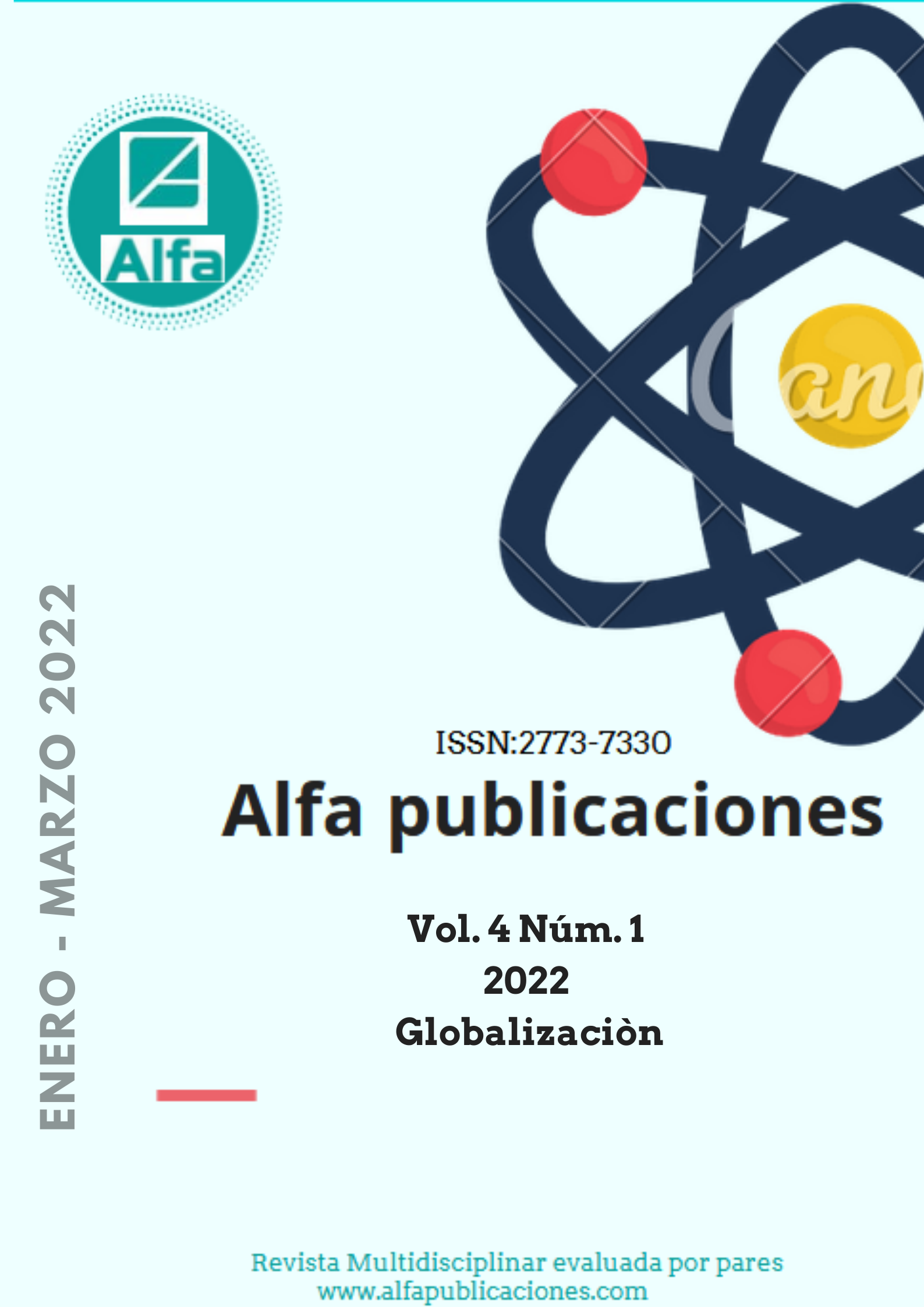Use of bee flora in two apiaries located in La Concordia and Mocache cantons, Ecuador
Main Article Content
Abstract
Introduction. Before planning management activities that allow increasing bee production, data is needed on the floristic elements that make up the land use systems adjacent to the apiaries, this time for two productive units in zones 4 and 5 of Ecuador. Objectives. Recognize plant species with beekeeping potential and estimate their abundance plus the durability of flowering. Methodology. With the use of methods: documentary, and field, for the taxonomic recognition of honey plants, their quantity, plus the monitoring of the flowering of each bee species. Results. The main botanical families with nectariferous and polyniferous species in the study sites are Fabaceae, Anacardiaceae, Asteraceae, and Capparaceae. For apiary C1 there are 14 species, belonging to 12 families, while for apiary C2 there are 22 species, belonging to 14 botanical families. The supply of the floral resource has a similar behavior of abundance of plants between apiaries C1 and C2 despite having a greater number of species with beekeeping potential in apiary C2, which is due to the management that is applied to the areas that make up the different systems of land use of each property. Conclusion. Finally, the duration of the flowers of the species that offer food to the bees of apiaries C1 and C2 ranges from 1 to 12 months during the year 2020 with a predominance for the apiary C1 of Cordia alliodora, Erythrina edulis, Senna alata, Inga edulis, Persea americana, Hibiscus rosa-sinensis, Piper aduncum, and Cestrum racemosum that flower between 10 to 12 months. On the other hand, in apiary C2; Tridax procumbens, Pelargonium sp, and Hydrangea sp bloom throughout the year.
Downloads
Article Details
dssfdsf
dsfdsf

